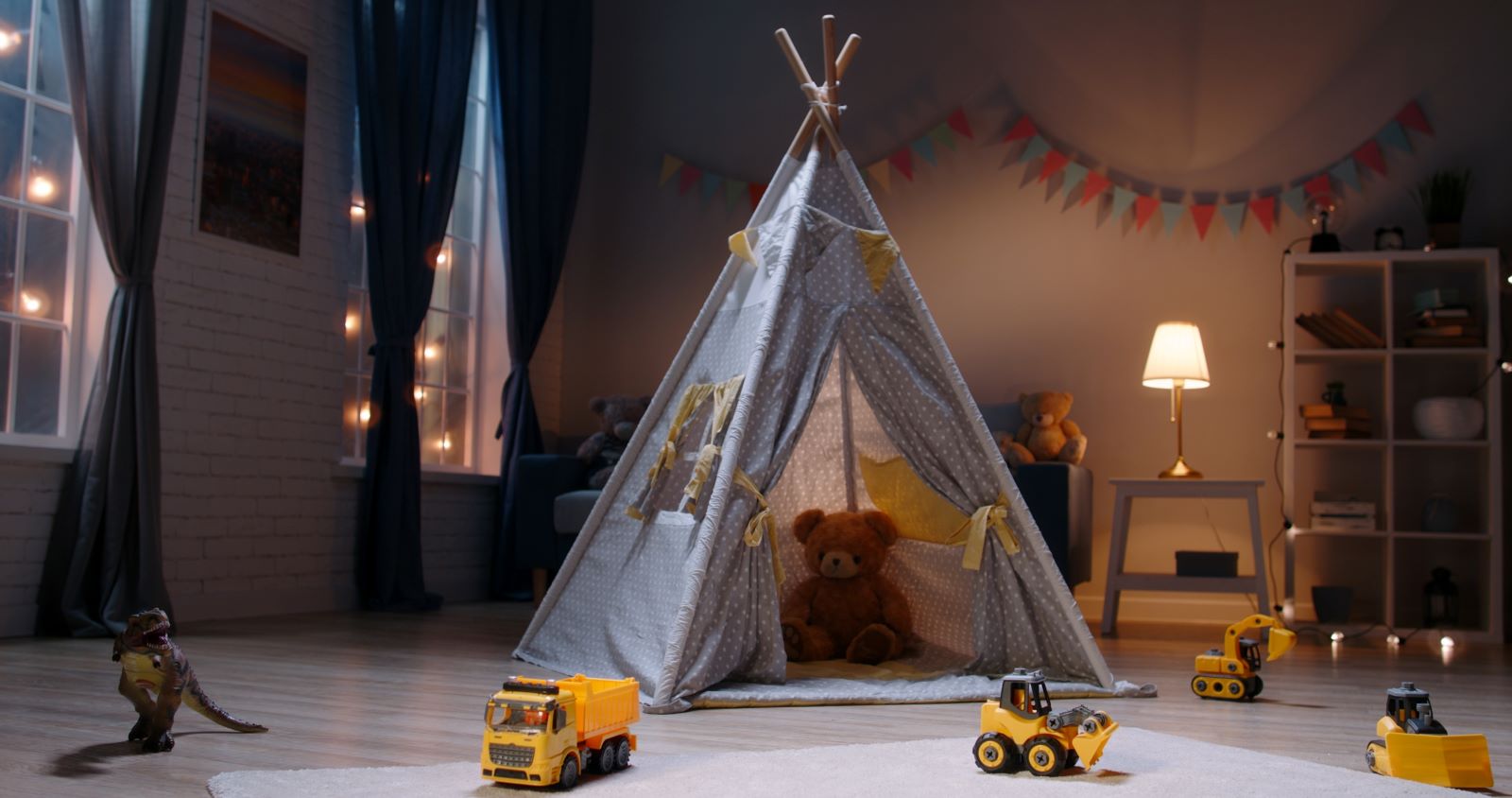Raising non-binary children requires an inclusive, supportive, and understanding approach. How will you continue to champion your child’s journey and advocate for their rights and acceptance?
1. Educate Yourself

Understanding non-binary identities is crucial for supportive parenting. Research shows that parents who educate themselves about gender diversity can significantly improve their child’s mental health and well-being.
2. Use Their Preferred Pronouns

Respect your child’s chosen pronouns, as it affirms their identity and reduces psychological distress. Studies indicate that correct pronoun usage is linked to lower rates of depression and suicide among transgender and non-binary youth.
3. Foster Open Communication

Create a safe space for your child to express their feelings and thoughts about their gender identity. Open communication has been shown to improve emotional security and resilience in non-binary children.
4. Challenge Gender Stereotypes

Avoid reinforcing traditional gender roles in activities, toys, and expectations. Challenging these stereotypes helps children develop a more authentic sense of self and reduces the pressure to conform to societal norms.
5. Provide Gender-Neutral Clothing Options

Allow your child to choose clothing that makes them feel comfortable and authentic. Gender-neutral clothing supports identity expression and can reduce the stress associated with gender dysphoria.
6. Advocate For Inclusive Education

Work with your child’s school to ensure they have access to an inclusive and affirming educational environment. Schools that support gender diversity can significantly enhance a child’s academic and social experiences.
7. Support Their Social Transitions

Whether it’s a change in name, pronouns, or appearance, support your child through their social transitions. Supportive transitions are linked to better mental health outcomes and lower levels of anxiety and depression.
8. Be a Role Model

Demonstrate acceptance and understanding in your actions and language. Children learn by example, and displaying inclusive behavior can foster a supportive home environment.
9. Connect With LGBTQ+ Communities

Engage with local or online LGBTQ+ communities for support, resources, and a sense of belonging. These connections can provide crucial support networks for both you and your child.
10. Educate Extended Family and Friends

Ensure that extended family and friends are aware of and respect your child’s gender identity. A supportive network can significantly impact your child’s sense of acceptance and security.
11. Seek Out Affirmative Healthcare

Find healthcare providers who are knowledgeable about and sensitive to non-binary identities. Affirmative healthcare is essential for addressing the unique medical and psychological needs of non-binary children.
12. Encourage Self-Expression

Support your child in exploring their interests and hobbies, regardless of gender norms. Encouraging self-expression helps build confidence and self-esteem.
13. Use Inclusive Language

Incorporate inclusive language in everyday conversations. Using inclusive language normalizes gender diversity and fosters a more accepting environment.
14. Promote Positive Role Models

Introduce your child to positive, non-binary role models through media, books, and community events. Seeing representation can validate their experiences and provide inspiration.
15. Monitor Media Consumption

Be mindful of the media your child consumes, ensuring it includes diverse and positive representations of gender identities. Positive media representation can influence self-perception and societal acceptance.
16. Address Bullying and Discrimination

Actively address any instances of bullying or discrimination your child may face. Intervention and advocacy are crucial for maintaining your child’s safety and well-being.
17. Celebrate Their Identity

Celebrate your child’s non-binary identity and milestones. Celebrations affirm their identity and can foster a strong sense of self-worth.
18. Stay Informed on Legal Rights

Stay informed about the legal rights of non-binary individuals to better advocate for your child. Understanding their rights can help protect them from discrimination and ensure they receive fair treatment.
19. Create a Gender-Affirming Home Environment

Create a home environment that affirms and respects your child’s gender identity. A supportive home is critical for their mental health and development.
20. Be Patient and Open-Minded

Understand that your child’s journey with their gender identity is personal and may evolve over time. Patience and open-mindedness are key to providing the support they need.
21. Seek Professional Support When Needed

Don’t hesitate to seek professional support from therapists or counselors experienced with gender-diverse children. Professional guidance can provide additional strategies and support for your family.
Embracing Your Non-Binary Child

Raising a non-binary child comes with its unique challenges and rewards. By fostering an inclusive and understanding environment, you not only support your child’s well-being but also contribute to a more accepting and diverse society.
21 Beliefs About the Bible That Are Actually False

The Bible is one of the most discussed and debated books in history, yet many common beliefs about it are more myth than fact. How many of these misconceptions have you heard before? 21 Beliefs About the Bible That Are Actually False
21 Subtle Racisms That Are Commonplace in America

Racism in America isn’t always overt; it often hides in plain sight through subtle actions and attitudes. How many of these subtle racisms have you noticed around you? 21 Subtle Racisms That Are Commonplace in America
Only Legal in America: 21 Things You CAN’T Do in the Rest of the World

The U.S. dances to its own beat, especially when it comes to laws that make the rest of the world do a double-take. Here’s a lineup of things that scream “Only in America,” sticking strictly to what’s written in the law books. Ready for a tour through the American legal landscape that’ll leave you wondering if freedom might just be a bit too free? Only Legal in America: 21 Things You CAN’T Do in the Rest of the World
Featured Image Credit: Shutterstock / Victor Velter.
For transparency, this content was partly developed with AI assistance and carefully curated by an experienced editor to be informative and ensure accuracy.

